Comparative Analysis of Nonionic Polyacrylamide Versus Other Polymer Options in Industry Applications
Table of Contents
- Comparative Evaluation of Nonionic Polyacrylamide in Industry Use Cases
- Key Advantages of Nonionic Polyacrylamide Over Other Polymers
- Performance Metrics: Nonionic Polyacrylamide vs. Alternative Polymer Solutions
- Environmental Impact Considerations for Different Polymer Types
- Cost-Effectiveness Analysis of Nonionic Polyacrylamide in Industrial Applications
- Future Trends in Polymer Selection: What Lies Ahead for Nonionic Polyacrylamide?
- FAQS
- Related Posts
Lately, Nonionic Polyacrylamide has really been catching a lot of attention in various industries. I mean, it’s appreciated mainly because of how versatile and effective it is. If you look at a report from Market Research Future, they’re predicting the global polyacrylamide market will hit around USD 8.7 billion by 2025. That’s a big jump, and it’s largely fueled by growing demand in areas like water treatment, mining, and agriculture. So, QINGDAO OUBO CHEMICAL CO., LTD, which has been around since 2011, is right up there as a major player. They focus on producing top-notch cationic, anionic, and nonionic polyacryl amides. In this comparison, I want to take a closer look at the pros and cons of Nonionic Polyacrylamide compared to other polymers. It’s pretty interesting because it offers some unique benefits that could really boost efficiency and sustainability in a bunch of industries.
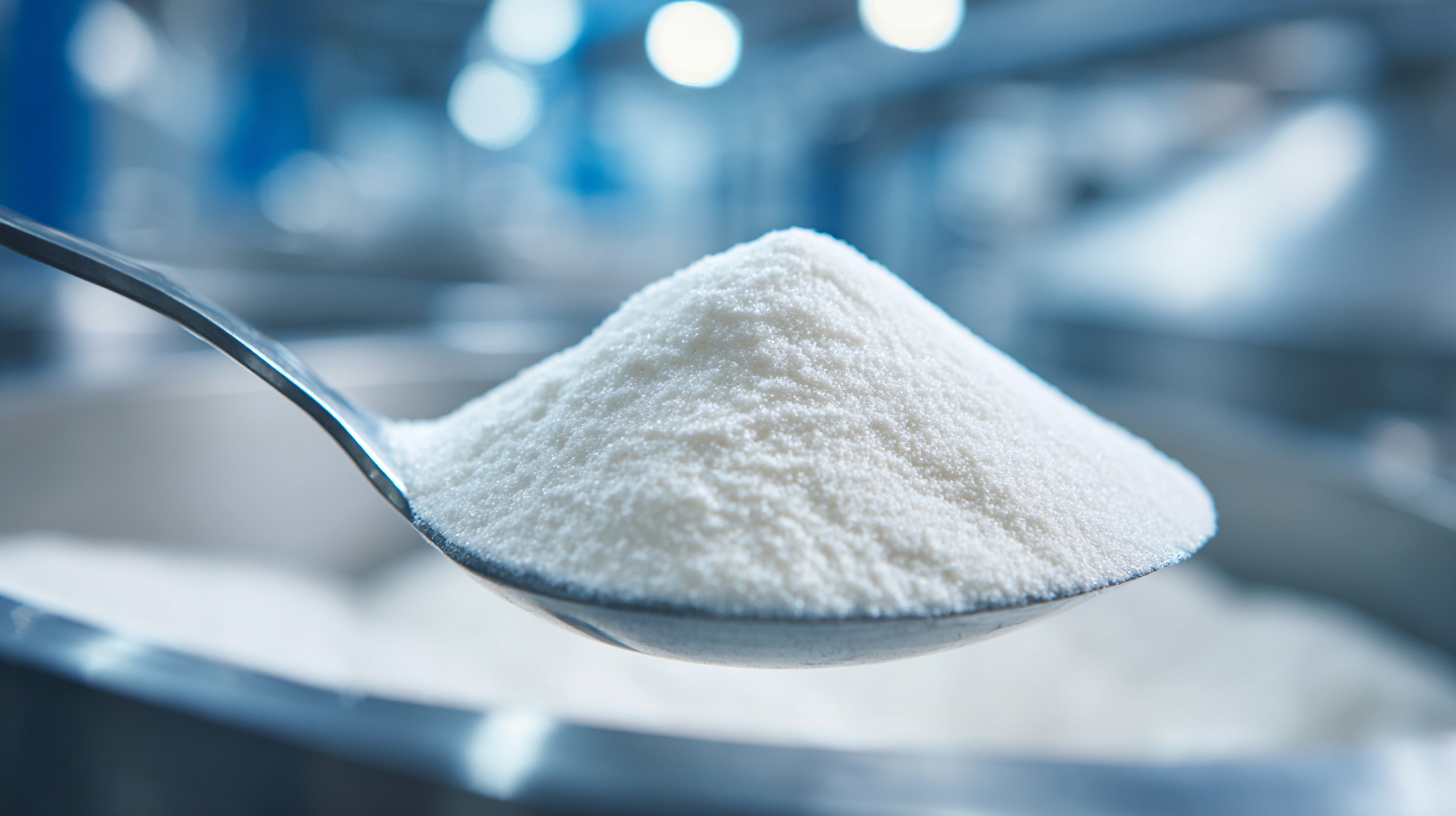
Comparative Evaluation of Nonionic Polyacrylamide in Industry Use Cases
Lately, you've probably noticed that Nonionic Polyacrylamide (NPAM) has been catching quite a bit of attention in industrial circles. That's mainly because it's super versatile and tends to outperform other polymers in a lot of ways. When you compare it to other options, NPAM really shines in helping retain water and stabilize soil — no wonder it's become a go-to choice in farming and environmental projects. In fact, a report from the International Journal of Polymer Science pointed out that NPAM can boost soil moisture retention by up to 25% more than anionic polymers, which can be a game-changer, especially in areas that suffer from droughts.
But it’s not just agriculture where NPAM is making waves. Its role in wastewater treatment is pretty impressive too. One study published in Water Research Journal mentioned that NPAM's flocculation abilities are top-notch — leading to around 30% better removal of suspended solids compared to other polymers. That makes it a pretty invaluable tool for industries that need to meet tough environmental standards while still keeping things running smoothly.
Pro tip: When you're choosing a polymer for your industrial needs, take a moment to consider the specific environment and regulations you’re working with. NPAM is especially effective in both farming and wastewater treatment setups. Also, don’t forget to keep an eye on the latest industry reports — staying updated on performance data and new polymer technologies can really help keep your operations efficient and compliant.
Key Advantages of Nonionic Polyacrylamide Over Other Polymers
You know, nonionic polyacrylamide, or PAM for short, really shines in a bunch of industrial uses—especially when it comes to making slurry more stable. Lately, I’ve seen some studies showing just how effective PAM can be in making better use of phosphogypsum. They tested different amounts of PAM to see how it affects the slurry’s behavior and overall properties. It’s pretty cool because it shows just how versatile PAM is and how feasible it is to use it in real-world engineering, like for creating sustainable binders—something that’s super important for grouting projects.
And if you think that’s interesting, check this out—PAM isn’t just about slurry. Its ability to keep emulsions stable makes it a real game-changer in enhanced oil recovery systems. Since PAM is pretty viscous, it can maintain stability even when temperatures change, which is a big deal when optimizing oil extraction. Plus, research suggests that the nonionic type has a better viscosity-temperature behavior compared to its ionic counterparts, meaning it generally works more efficiently under different operating conditions.
On top of all that, PAM is also making waves in advanced materials—think hybrid nanocarriers and self-healing polymers. Its multifunctional nature really shines through. With new advancements in polymer tech happening all the time, nonionic polyacrylamide keeps being a top pick for industries that need reliable, eco-friendly solutions in engineering and material science. Honestly, it’s pretty impressive how one material can do so much, huh?
Comparative Analysis of Nonionic Polyacrylamide Versus Other Polymer Options
This chart illustrates key advantages of nonionic polyacrylamide (NPAM) in comparison to cationic and anionic polyacrylamides across various industry applications.
Performance Metrics: Nonionic Polyacrylamide vs. Alternative Polymer Solutions
When it comes to industrial applications, picking the right polymer can really make or break your results. Among the options, nonionic polyacrylamide (NPAM) stands out — it offers some pretty unique benefits that are especially handy in fields like water treatment, agriculture, and mining. For example, in agriculture, NPAM helps improve water retention and soil structure, which can lead to better crop yields — always a win, right? And in water treatment, it’s super effective at clumping together suspended particles, making the water clearer and helping you stay on top of environmental standards.
Of course, if you’re thinking about other options, it’s worth taking a close look at what your specific project needs. Like, anionic polymers might work better in some high-ionic-strength situations, but they can also cause issues in other setups by destabilizing the system. So, really understanding your environment is key.
**Pro Tip:** Always do some small-scale testing first before rolling out any polymer at full scale. That way, you can see how NPAM or any alternative interacts with your particular materials. And don’t forget to think about the environmental impact too — sustainability is becoming a huge deal in industry, after all.
Environmental Impact Considerations for Different Polymer Types
Lately, there's been a lot of talk about how different types of plastics and polymers impact our environment — and honestly, it's pretty hard to ignore the growing concerns around plastic pollution. Researchers have found that tiny bits of plastic, known as microplastics, come from both traditional plastics and newer, biodegradable types. These minuscule particles can have real impacts on ecosystems — for example, they can mess with soil pH levels and disrupt how microbes work in the environment. It just goes to show how important it is to really understand how polymers affect nature (Amarakoon, 2022).
When you're comparing nonionic polyacrylamide (PAM) with other polymers, it's essential to think about what kind of plastic waste is out there. Turns out, a big chunk of plastic waste is made up of regular polymers, which is a bit worrying. Back in 2020, the world churned out over 300 million tonnes of plastic, but only a small part of that was actually recycled properly. Switching to greener options like nonionic PAM could seriously cut down the amount of plastic that ends up in landfills or oceans.
Pro tip: Before you pick a polymer for your industrial project, take some time to look at its entire life cycle — from raw material extraction to manufacturing and finally to disposal. Knowing the full environmental impact of different plastics helps companies make smarter, more eco-friendly choices. Companies like Qingdao Oubo Chemical Co., Ltd. are actually leading the way here, developing all sorts of environmentally conscious polymer solutions to help out. — it’s pretty inspiring, really.
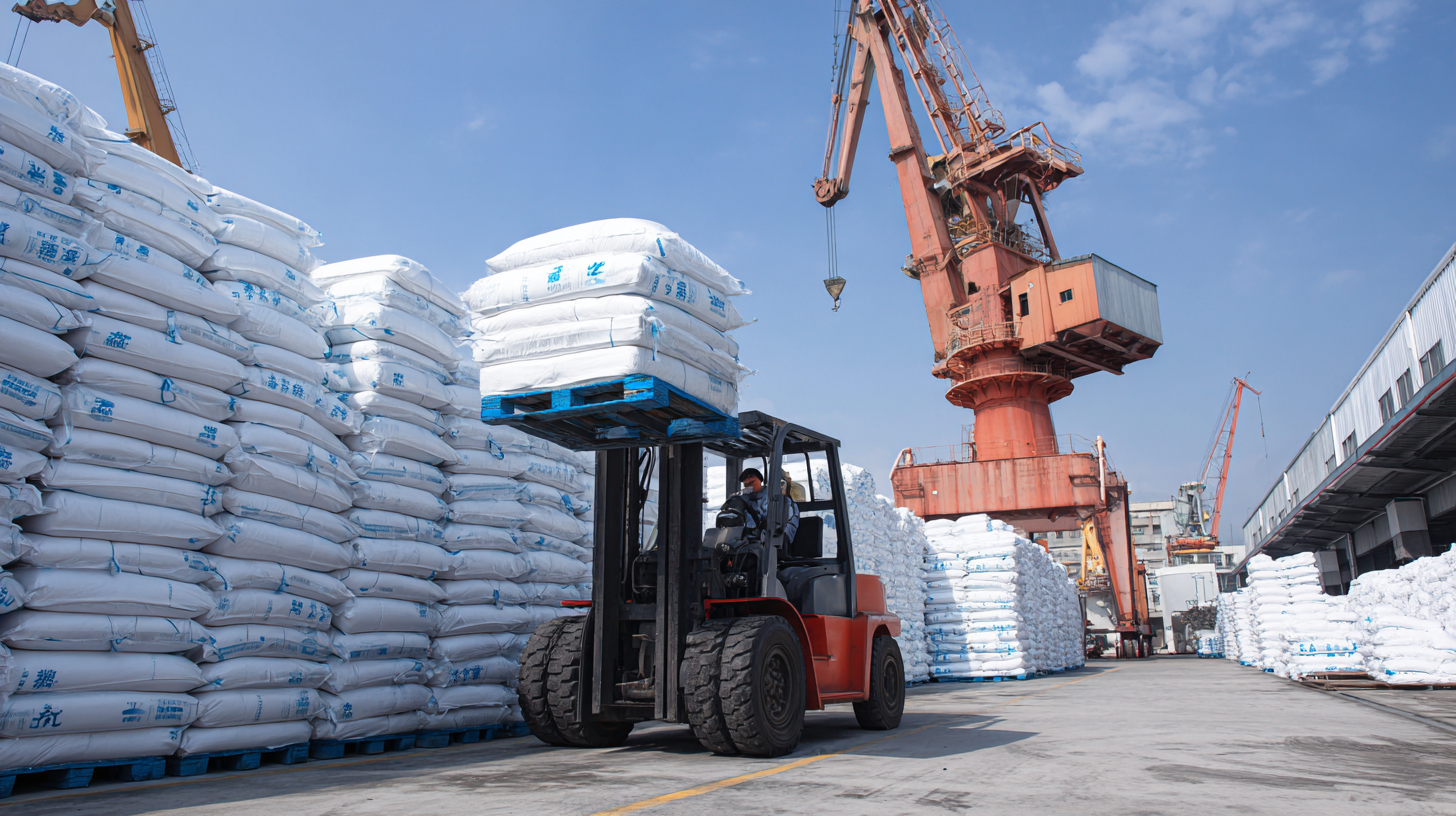
Cost-Effectiveness Analysis of Nonionic Polyacrylamide in Industrial Applications
When you look at how cost-effective nonionic polyacrylamide (NPAM) is in industrial settings, it really shows some clear advantages over the more traditional polymers we’ve been used to. I mean, NPAM has this pretty cool knack for handling different processes, especially when it comes to water treatment. Did you know that almost 56.3% of the polyacrylamide market is actually for water-related stuff? That’s a huge chunk! And with good reason—NPAM boosts efficiency and cuts down operational costs, making it a pretty handy tool for industries. Plus, its special delayed crosslinked polymer gel formulation really shines in mature oilfields, helping to improve water control even in tough environments. Talk about a game-changer, right?
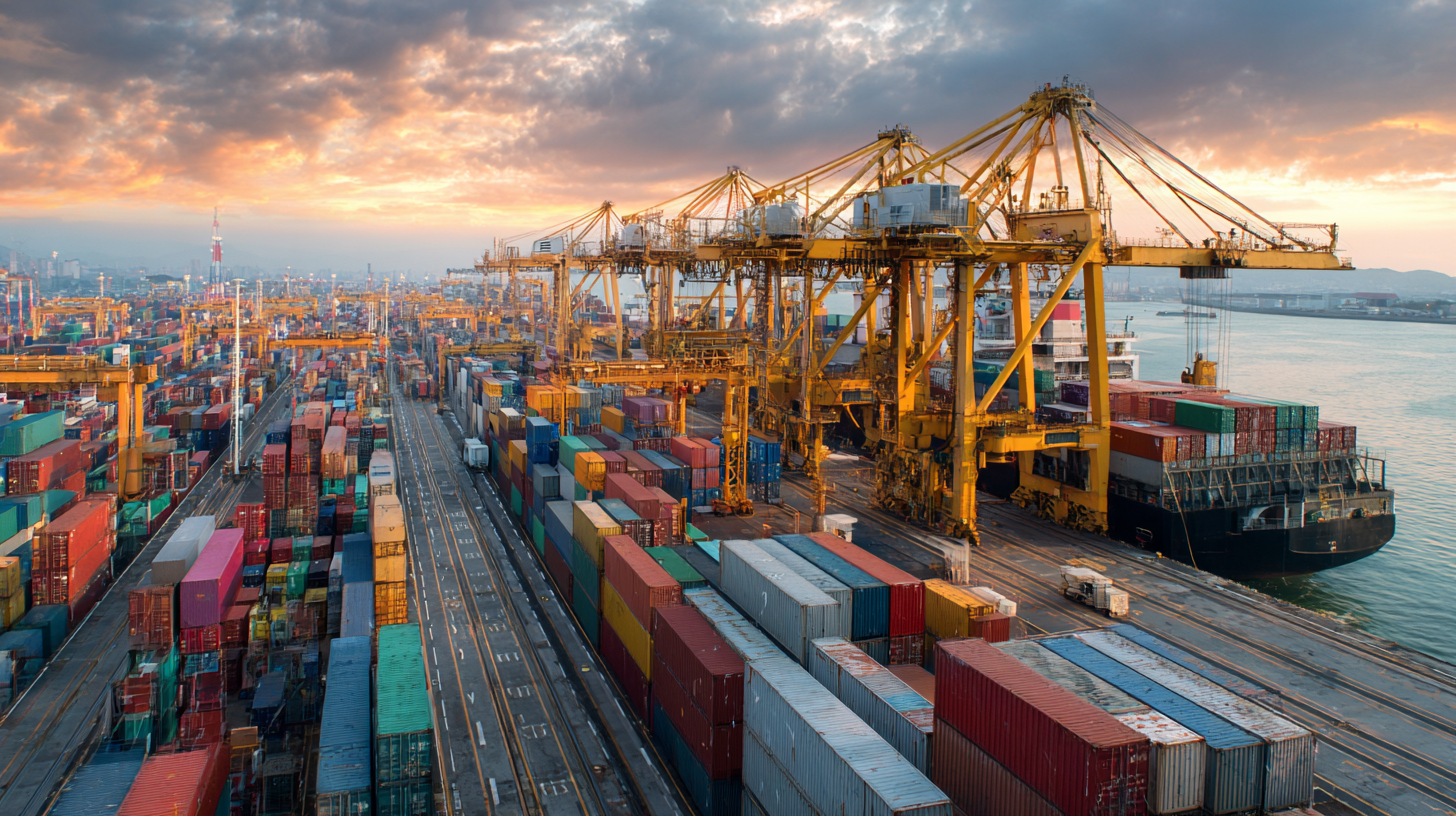
But honestly, the benefits of NPAM don’t stop at just saving money upfront. It’s also more environmentally friendly because it breaks down more easily, so it leaves less of a mess behind. Industries like wastewater treatment and agriculture are practically racing to adopt it—not just because it works well right now, but also because it lines up nicely with sustainability goals for the future. That kind of dual benefit makes NPAM super attractive for companies looking to cut costs and do their part for the planet at the same time. And with the world craving more innovative and eco-friendly solutions, NPAM is definitely poised to play a big role in shaping how industries operate down the line.
Future Trends in Polymer Selection: What Lies Ahead for Nonionic Polyacrylamide?
Looking ahead, the future of choosing polymers—especially nonionic polyacrylamide—looks pretty exciting as market trends keep shifting. I mean, did you see that the global market for acrylate emulsions is expected to grow from around $8.9 billion in 2023 to a whopping $14.4 billion by 2030? No wonder industries are really starting to pay more attention to optimizing their options. Nonionic polyacrylamide, in particular, is catching everyone’s eye because it’s so versatile and effective across different fields—whether that’s mining, oil recovery, farming, or treating wastewater. Plus, with everyone pushing for greener, more sustainable solutions, it just makes sense that this polymer is getting even more interest. Researchers are busy working on better formulations and exploring new ways to use it, which is pretty exciting to see.
On the tech side of things, industries are leaning more and more on advanced data analysis to guide their decisions. AI and data visualization tools are becoming pretty much essential now. They help us really get a better grip on how these polymers perform and make smarter choices without the hassle. Platforms powered by AI let users quickly see complex data and compare nonionic polyacrylamide with other similar options—making the whole decision process way easier. All in all, it looks like the combination of innovative polymers and smart tech is headed toward a pretty bright future. And I’d say, nonionic polyacrylamide will probably stay at the top of the list for a while to come.
Comparative Analysis of Nonionic Polyacrylamide Versus Other Polymer Options in Industry Applications
| Polymer Type | Usage Application | Advantages | Disadvantages | Future Trends |
|---|---|---|---|---|
| Nonionic Polyacrylamide | Water treatment, Soil conditioning | High flocculation efficiency, Non-toxic | Lower stability in harsh conditions | Increasing demand in sustainable practices |
| Cationic Polyacrylamide | Paper manufacturing, Mining industry | Effective in high turbidity waters | Can be toxic to aquatic life | Shift towards eco-friendly options |
| Anionic Polyacrylamide | Agricultural applications, Wastewater treatment | Effective in sedimentation processes | Incompatible with divalent ions | Innovation in modifying properties for broader usage |
| Polyethylene Glycol (PEG) | Biomedical applications, Drug delivery | Biocompatible and biodegradable | Costly compared to other polymers | Rising trend in pharmaceutical industry |
| Starch-based Polymers | Packaging, Biodegradable materials | Sustainable and renewable source | Variable quality based on source | Growing interest in bioplastics |
FAQS
M)?
NPAM has shown up to a 25% improvement in soil moisture retention compared to its anionic counterparts, making it advantageous in drought-prone regions.
NPAM delivers superior flocculation properties, resulting in a 30% increase in the removal of suspended solids compared to other polymers, thereby helping industries meet environmental regulations.
As plastic pollution becomes a significant concern, understanding the environmental effects of polymers, including their contributions to microplastics, is vital for making sustainable industrial choices.
Businesses should assess the entire lifecycle impact of the polymer, including raw material sourcing, manufacturing processes, and end-of-life options, to align with sustainability goals.
NPAM improves operational efficiency and reduces costs in processes like water treatment while minimizing environmental impacts associated with polymer degradation.
Approximately 56.3% of the polyacrylamide market is dedicated to water treatment applications where NPAM is particularly effective.
There is a rising global demand for innovative and sustainable polymer solutions, with NPAM positioned to play a crucial role in meeting these evolving industrial practices.
Qingdao Oubo Chemical Co., Ltd. is noted for its efforts in specializing in various environmentally friendly polymer solutions.
NPAM offers a dual advantage by providing effective processing solutions while contributing to long-term sustainability goals, making it an attractive choice for various industries.
Related Posts
-
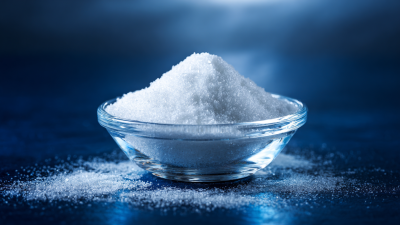
Unlocking the Future of Water Treatment with Best Flocculant Anionic Nonionic Polyacrylamide Trends for 2025
-

How to Maximize After Sales Support and Minimize Maintenance Costs for Best Apam Anionic Polyacrylamide
-
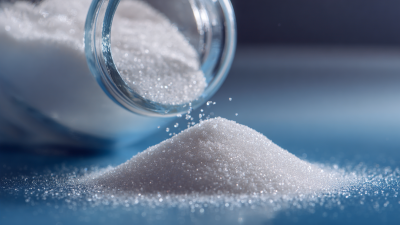
Essential Criteria for Selecting Quality Manufacturers of Best Water Treatment Polyacrylamide
-

Future Market Insights on Best High Impact Polymer and How to Leverage Opportunities by 2025
-

Choosing the Right Manufacturer for Best High Molecular Weight Anionic Polyacrylamide with Industry Insights
-

How to Optimize Your Processes with Best Anionic Polyacrylamide Tech Grade for Maximum Efficiency
Blog Tags:

Liam
-

Phone
-

E-mail
-

Whatsapp
-

WeChat
Jessy Lin
Paul Zhou:8613356391894 Eric Wong:8615963245439Emily Wu:8617866856171
-

WeChat
Paul Zhou

-

WeChat
Eric Wong

-

WeChat
Emily Wu








